REFERENCE
John Pawson’s Homes
11/21/2024 - John Pawson’s approach to residential architecture is nothing short of an act of quiet revelation. His homes, whether perched against the raw backdrop of Montauk or embedded in the terracotta landscape of Mallorca like the Neuendorf House, are distilled meditations on space, material, and light. What may on the surface seem like homes rather transparent or uncomplicated in design and presentation slowly reveals itself to be the work of foundation - the establishment of subtlety, innuendo, and grace in the context of home design. Pawson’s mastery lies in his restraint, where every detail feels inevitable, and every void hums with intention. In his hands, simplicity is not merely an aesthetic choice but a philosophy that elevates the home to something sacred: a place where silence, presence, and reflection are given room to breathe.
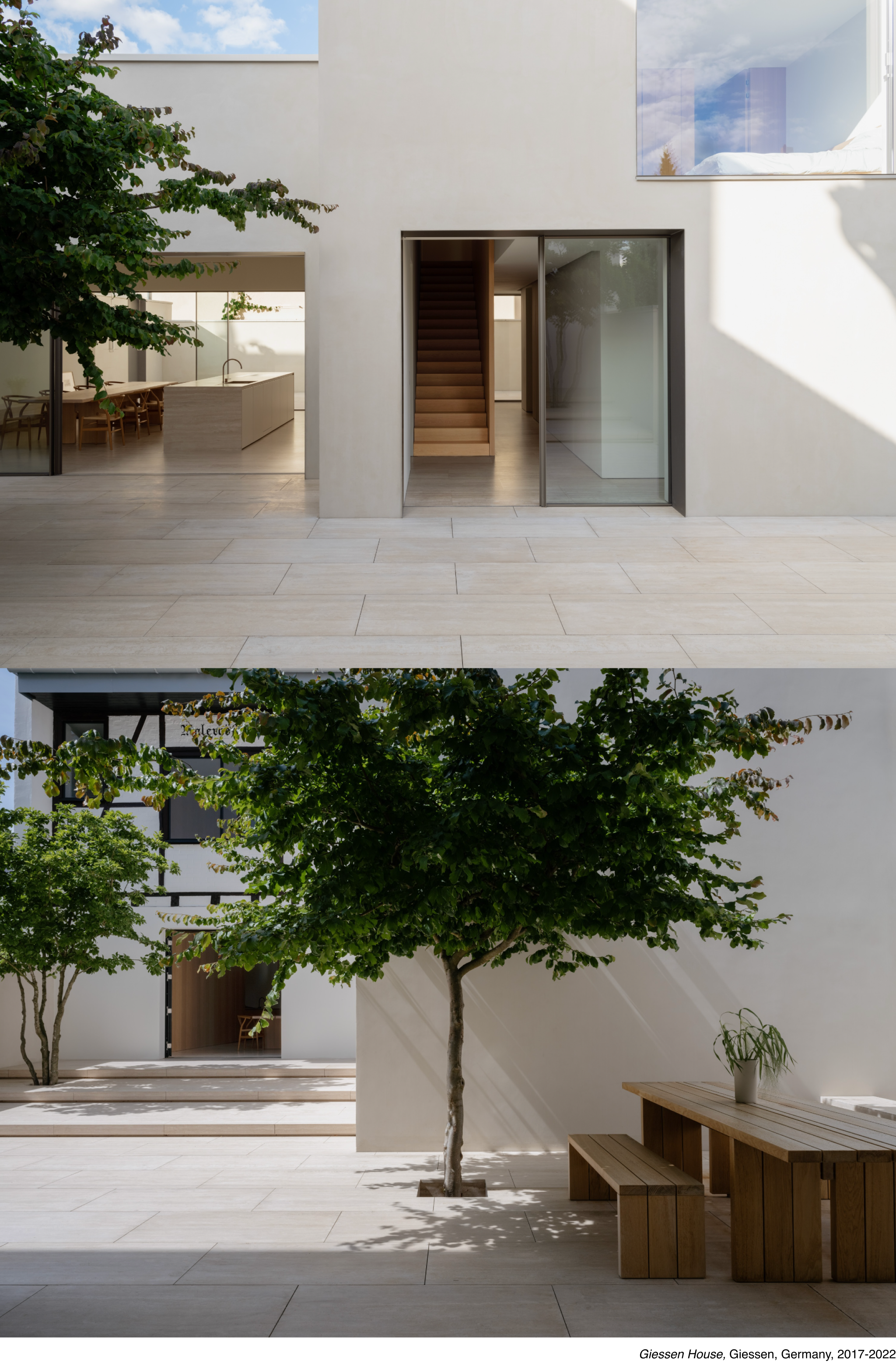
In the Montauk House, Pawson’s minimalism finds harmony with the rugged shoreline, the architecture embracing the rhythm of its surroundings. The open planes, the interplay of natural light across tactile surfaces - these gestures do not demand attention but instead invite it. His homes are not merely shelters; they are thresholds, designed to dissolve the boundary between the interior world and the vastness beyond. Yet within their seeming sparseness lies profound depth. The shadows cast by light become as integral to the design as the walls themselves, and the absence of ornamentation becomes a kind of presence, an intentional void that allows for the inhabitants’ lives to take center stage. Here, the house is not a container but a canvas for living, imbued with both purpose and poetry.

In the Neuendorf House, Pawson’s architecture seems less constructed than unearthed, its ochre surfaces merging with the arid landscape as though the home has always belonged. It is a space that whispers rather than shouts, where the interplay of mass and emptiness, enclosure and openness, creates a dialogue between past and present. The tension between refinement and rawness speaks to the delicate balance Pawson strikes in his residential designs. His homes are not just spaces to occupy but places to inhabit emotionally, where the essential becomes extraordinary, and simplicity reveals its hidden intricacies over time.
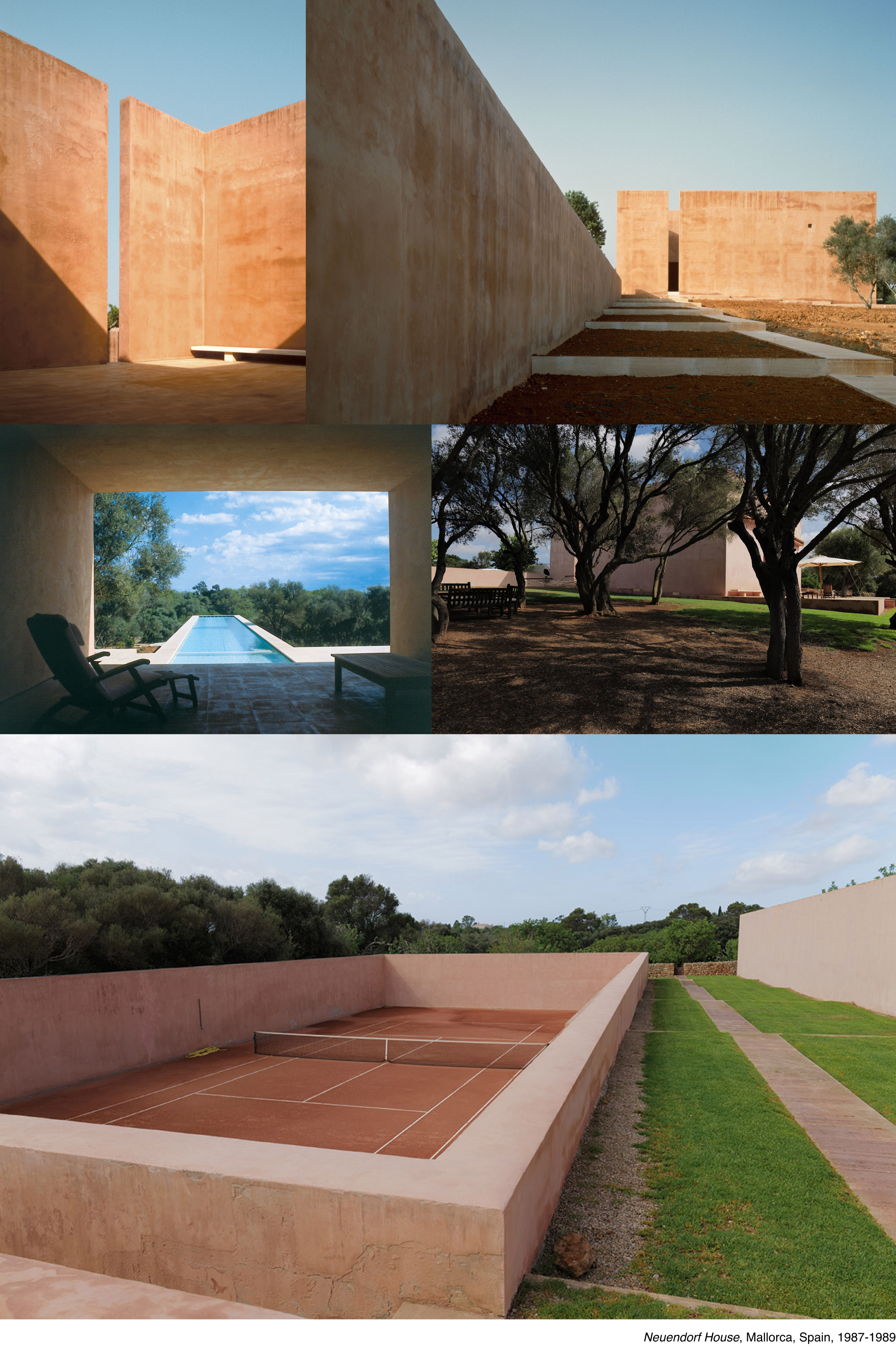
These are homes that do not dictate how to live but instead create the conditions for a life lived with clarity and intention. In their stillness, these spaces invite us to reconsider what it means to dwell - to find beauty, meaning, and depth in the essential and the enduring.

---------------
Cece Philips Paints the Blues
11/15/2024 - London artist Cece Philips’ work is marked by an elegant subversion of classical imagery, particularly through her depiction of women of color - a subject often marginalized or erased in historical canons. Her figures, rendered with luminous depth and an arresting stillness, challenge the viewer to reimagine who occupies spaces of grace, strength, and solitude within art. Philips draws from archival sources, yet her reworking of these materials creates a space where Black women become the protagonists, not objects of the gaze but subjects of dignity and contemplation. Through postures and expressions that evoke a sense of inner life, she offers a corrective to centuries of exclusion, presenting women of color not as secondary figures but as central, autonomous presences with complex, layered identities.

Philips’ compositions are drenched in rich, evocative hues, a palette that feels both tangible and dreamlike, inviting the viewer to linger on the interplay of light and shadow. Her work captures an inner luminosity that gives each subject a psychological depth, a silent, internal dialogue that feels almost palpable. This attention to light and space doesn’t just add a surface beauty; it creates a tension between the subject’s solitary presence and the expansive world around them, almost sculptural. The isolation of her subjects, standing alone or in loosely connected groups, speaks to the experience of modern urban solitude, but it also suggests resilience - a quiet, powerful existence within the cacophony of modernity. There is a contemplative strength to these figures, as if they are both part of the city and set apart from it, their introspective poses drawing the viewer into a shared moment of pause amid the constant movement.


Philips’ women do not simply occupy space; they redefine it, asking us to reconsider who has historically been deemed worthy of focus, of stillness, of reverence. Her work engages the viewer actively, inviting us to dismantle the visual vocabulary of the past and envision new possibilities of representation - a delightfully modern sentiment. This deliberate ambiguity, this invitation to interpret and question, becomes an artistic and political act, allowing viewers to reimagine what it means to truly see and to be seen. Philips’ paintings linger in the mind, like half-remembered dreams, compelling us to question the stories we've been told and the ones we've absorbed without noticing. They offer a quiet resistance to convention, inviting us to look - and look again - at the ways we hold ourselves, and each other, in both presence and absence.
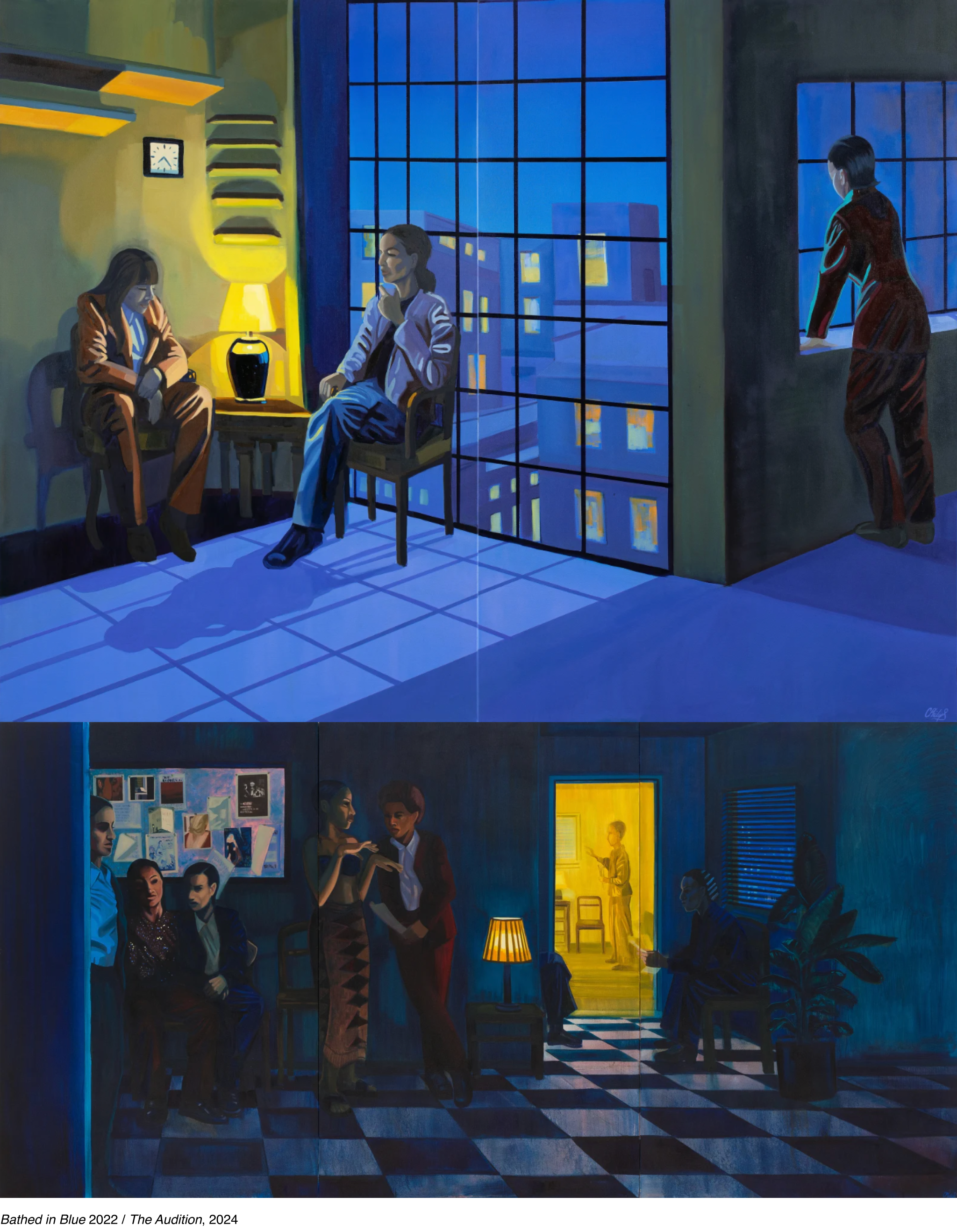
---------------
Dave Heath’s Portraits of Belonging
11/08/2024 - Dave Heath, in his own emotionally charged photographs, captures a profound sense of alienation, one that pulses with the quiet ache of personal history and broader societal disconnection. Stark and intimate, his images reveal a deep sensitivity to solitude and isolation. In America’s urban sprawl, where proximity can feel hollow, Heath unearths an emotional geography in which loneliness resides not just in solitude but within the crowd itself. This understanding of urban alienation is intertwined with Heath’s personal experiences as an orphan and as a soldier, lending his work a rare vulnerability. Through his lens, alienation becomes both a personal and cultural narrative, stitched together by a profound empathy for the often-overlooked nuances of human experience.
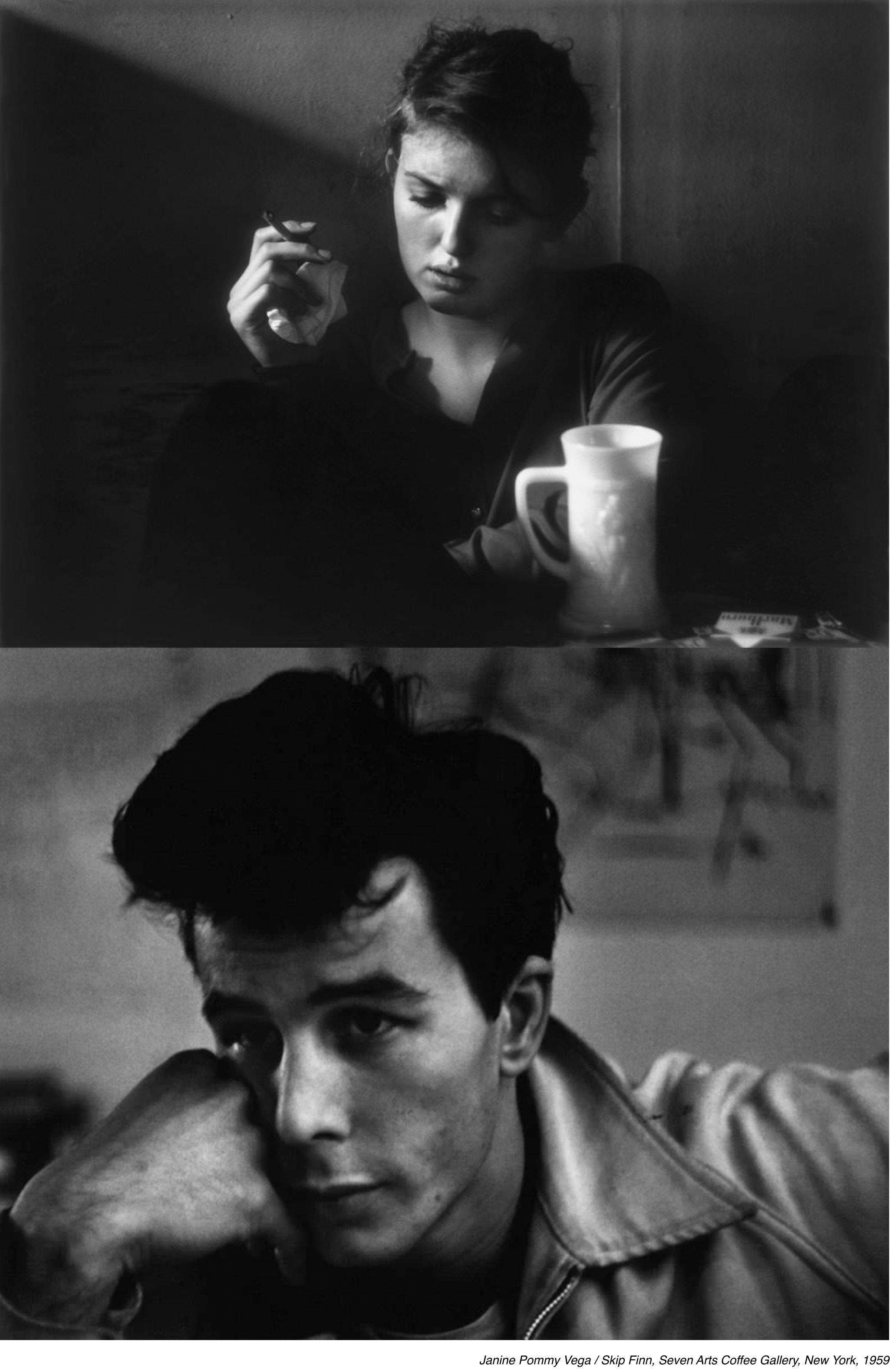
Drawing loosely from his own emotional wounds, Heath’s works are visual elegies to an America wrestling with its own fractured identity. His photography captures faces and bodies suspended in moments of quiet desperation, introspection, or yearning, lending an almost cinematic quality to each scene. His curated slideshows, too, function as narratives, weaving together images that echo one another in tone and theme, creating a collective portrait of society. The weight of his orphaned past and his time as a combat soldier in the Korean War add layers of intensity to these works; we can sense Heath’s relentless search for meaning in a world shadowed by both personal and collective trauma. The artistry lies in his ability to make deeply personal emotions universal, revealing alienation as an essential, if painful, thread in the human condition.
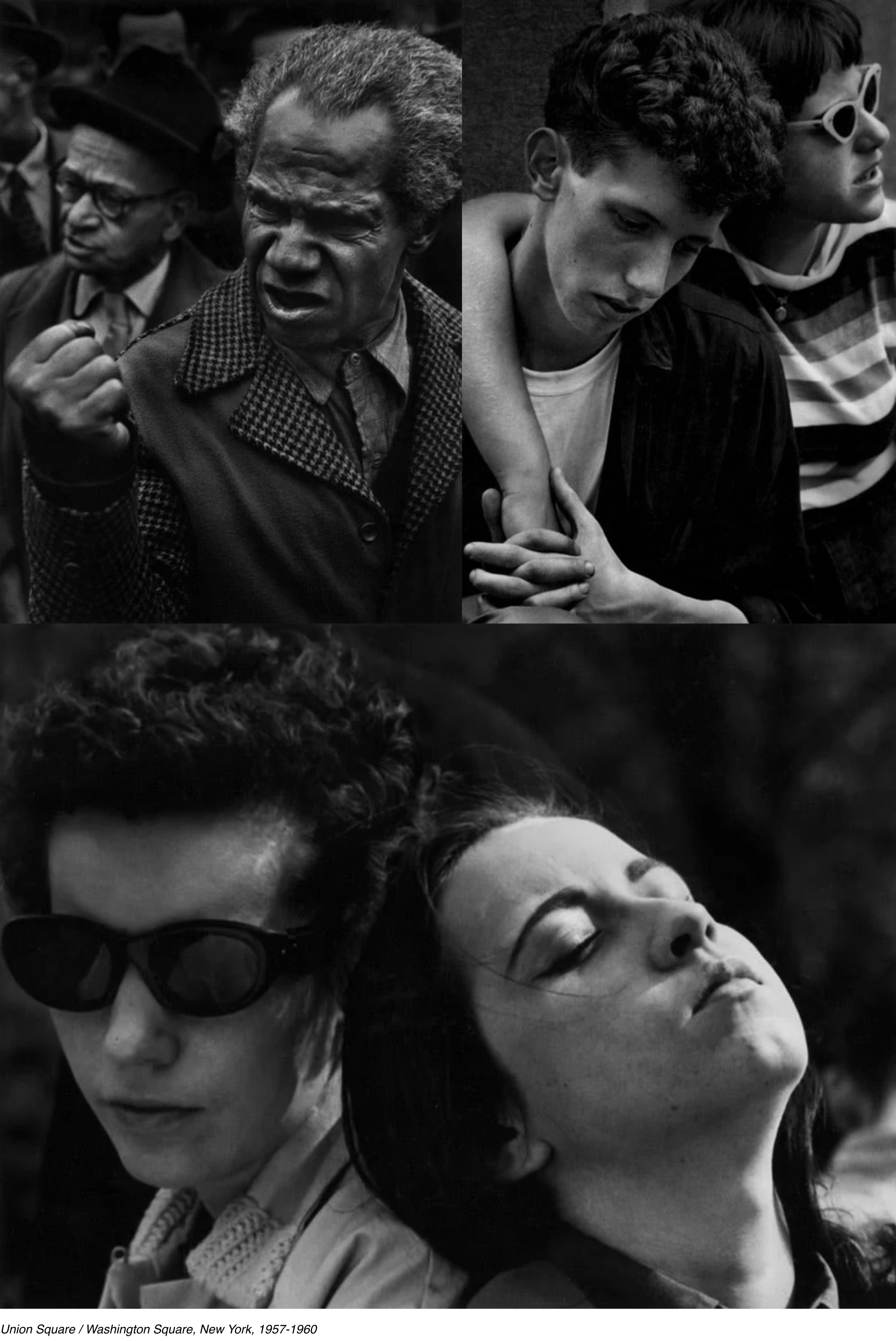
Heath's photographs transcend documentation; they are acts of translation, converting personal and cultural estrangement into images that resonate across time. His eye for solitude reveals the collective loneliness that permeates modern life, a feeling deeply familiar yet often unspoken. His photographs navigate his inner wounds; the viewer navigates theirs. These are images articulating what it means to ache, to capture the essence of feeling disconnected in an interconnected world. Through Heath’s compassionate and haunting imagery, alienation becomes a powerful aesthetic force - a visual echo of a life lived on the edges of belonging.

---------------
Infinite Alma Thomas
11/01/2024 - Alma Thomas's paintings are a testament to the transformative power of color and the joy it can bring. In a world that often imposes limits, her work seems to break free, celebrating an untamed, almost spiritual connection to nature. The vibrancy of her palette and the rhythmic arrangement of her brushstrokes create a visual symphony, inviting the viewer to look deeper and feel more. Rather than just depicting the world around her, Thomas distilled its essence - capturing not just what she saw, but how she felt it.
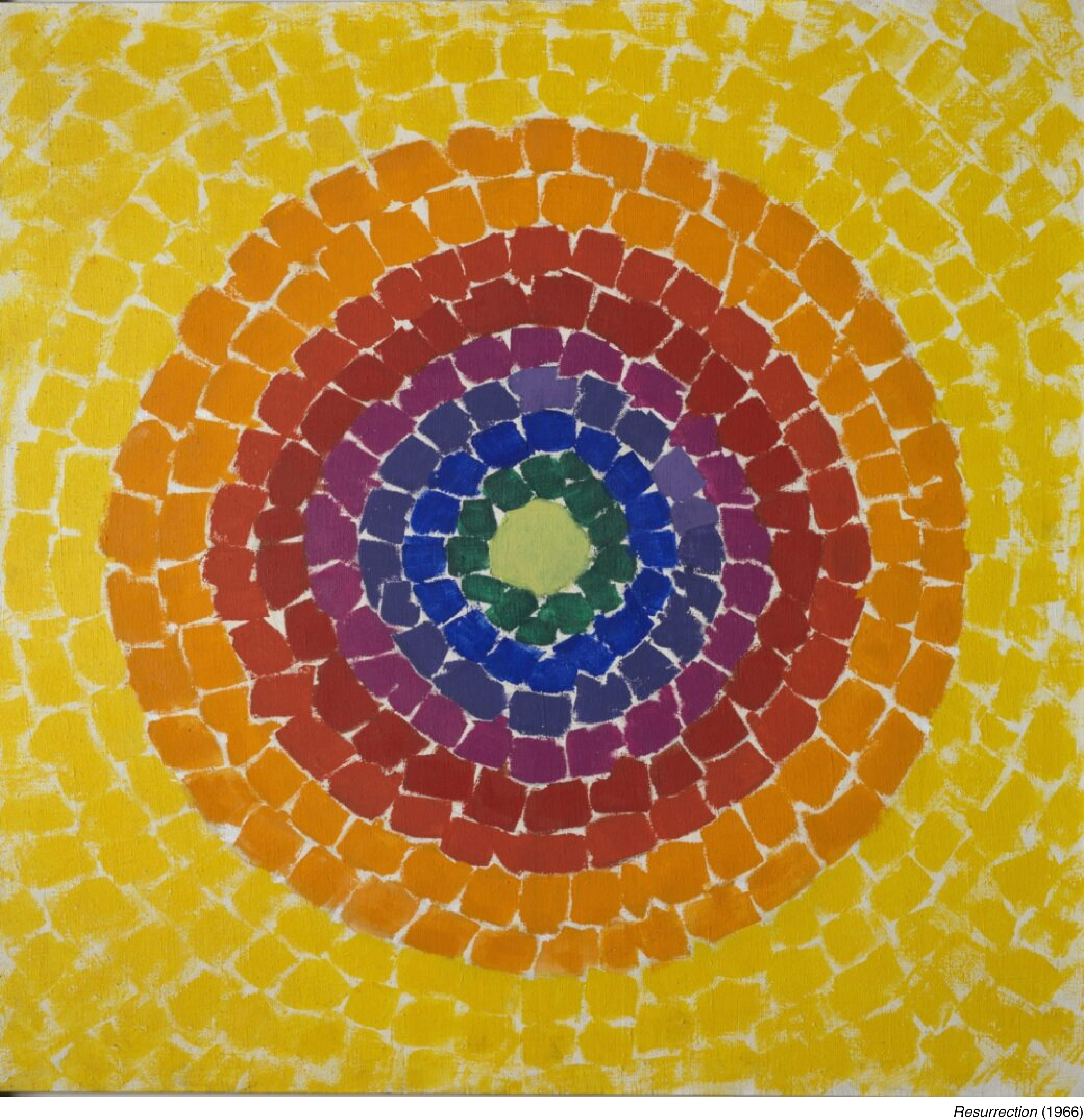

What makes Thomas’s art so compelling is the way it radiates a sense of optimism and wonder. Her use of color feels alive, like a language all its own, speaking of both the intricacies of nature and the expansiveness of the cosmos. In her "Earth" and "Space" series', she explores the interplay between the familiar and the infinite, suggesting that even the smallest details of life are connected to something much larger. There’s a quiet radicalism in this approach - Thomas’s ability to make something as personal as joy feel monumental.
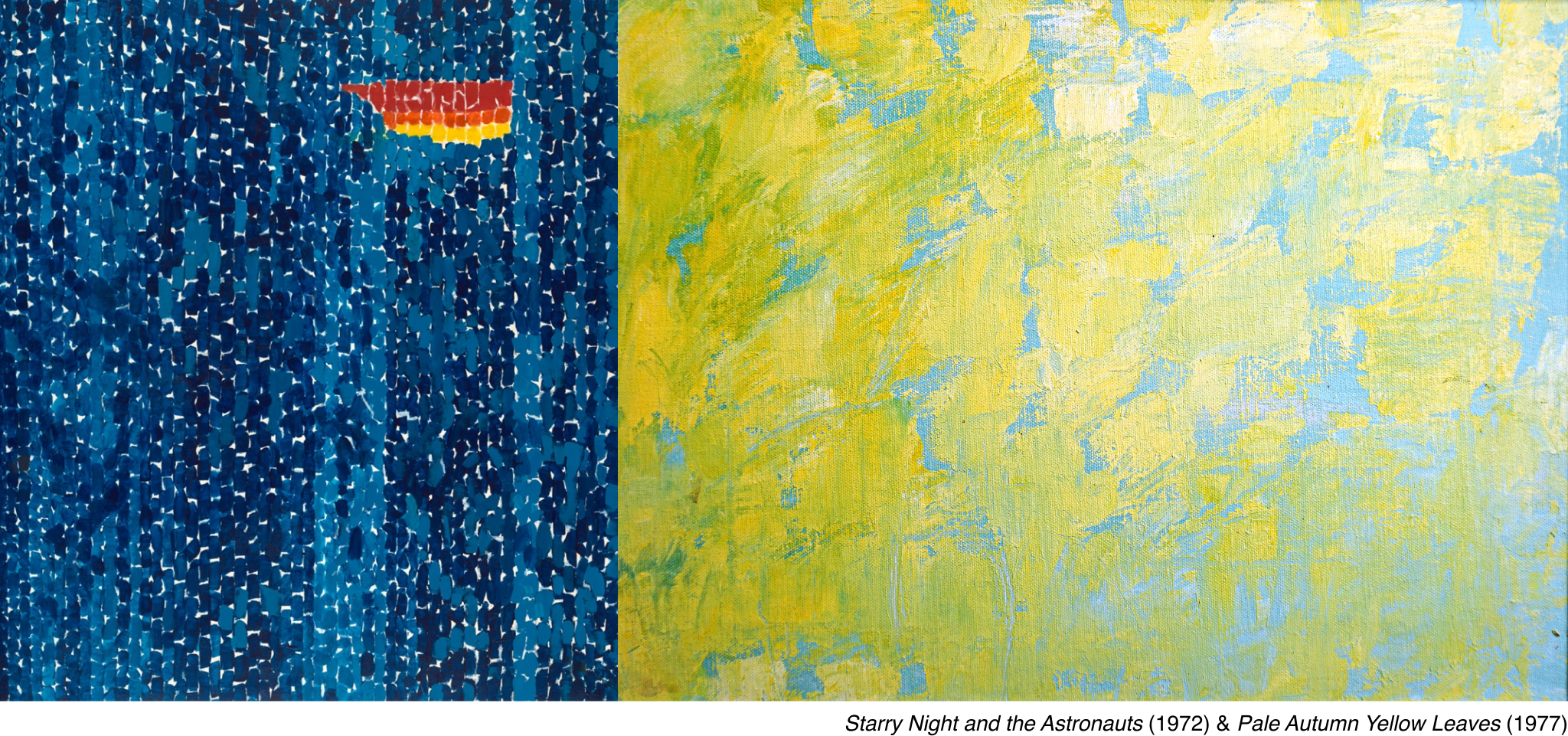
Beyond her artistic achievements, Alma Thomas’s career stands as a bold statement of resilience and defiance. At a time when both race and gender created significant barriers, she carved out a space for herself in the art world, refusing to let societal limitations define her work. Her paintings are not just about color or form - they are about the pursuit of beauty in a world often marked by struggle. There’s a sense that, through her art, Thomas was constantly reaching for something higher, something pure, reminding us of the unifying force of artistry and expression in the wake of an infinite love.
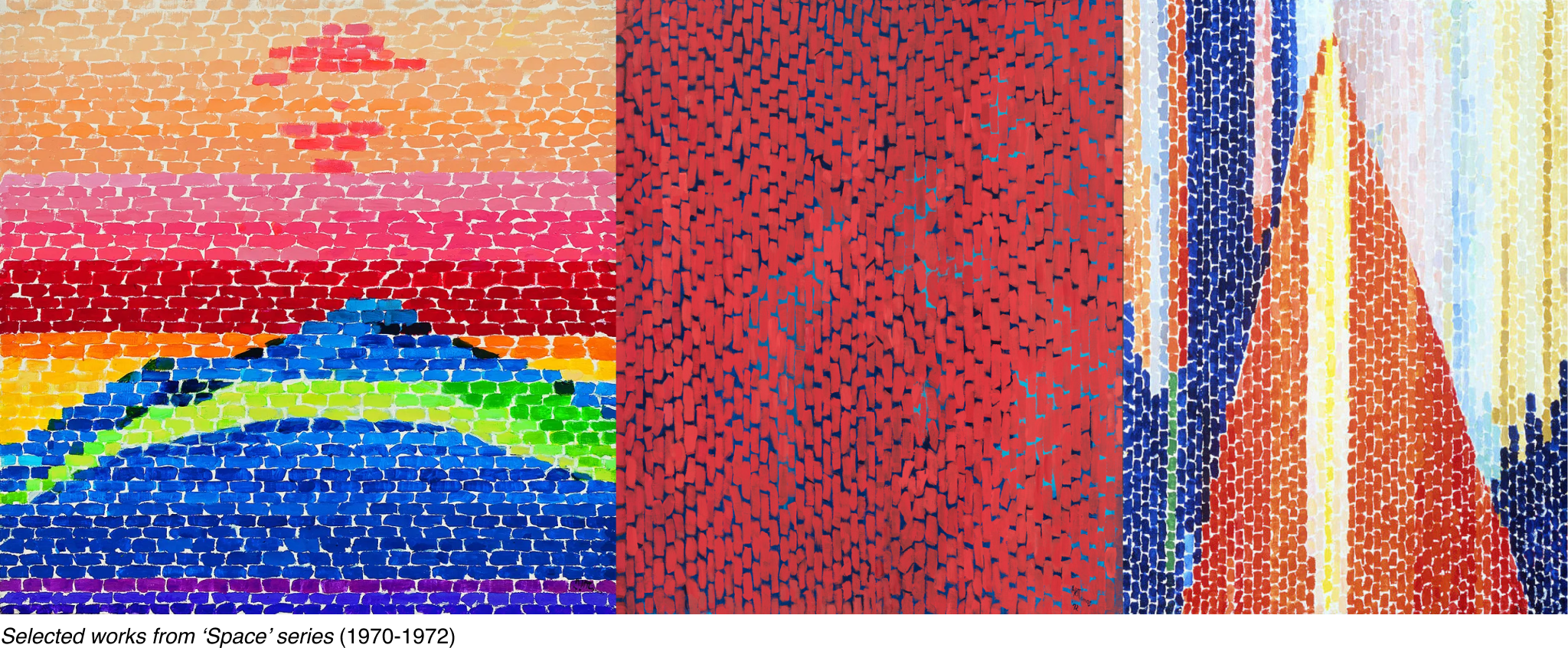
---------------
Seeing the Light with Alberto Campo Baeza
11/01/2024 - Alberto Campo Baeza is a Spanish architect celebrated for his profound understanding of light, space, and simplicity. His work, often described as poetic minimalism, strips architecture down to its essential elements, allowing light and proportion to become the main protagonists. Campo Baeza’s designs are rooted in a belief that architecture should serve as a frame for life itself, prioritizing clarity, functionality, and beauty. His buildings, such as the Casa del Infinito in Cádiz or the Olnick Spanu House in New York, exemplify this ethos, showcasing the power of restraint and the timelessness of clean, geometric forms.
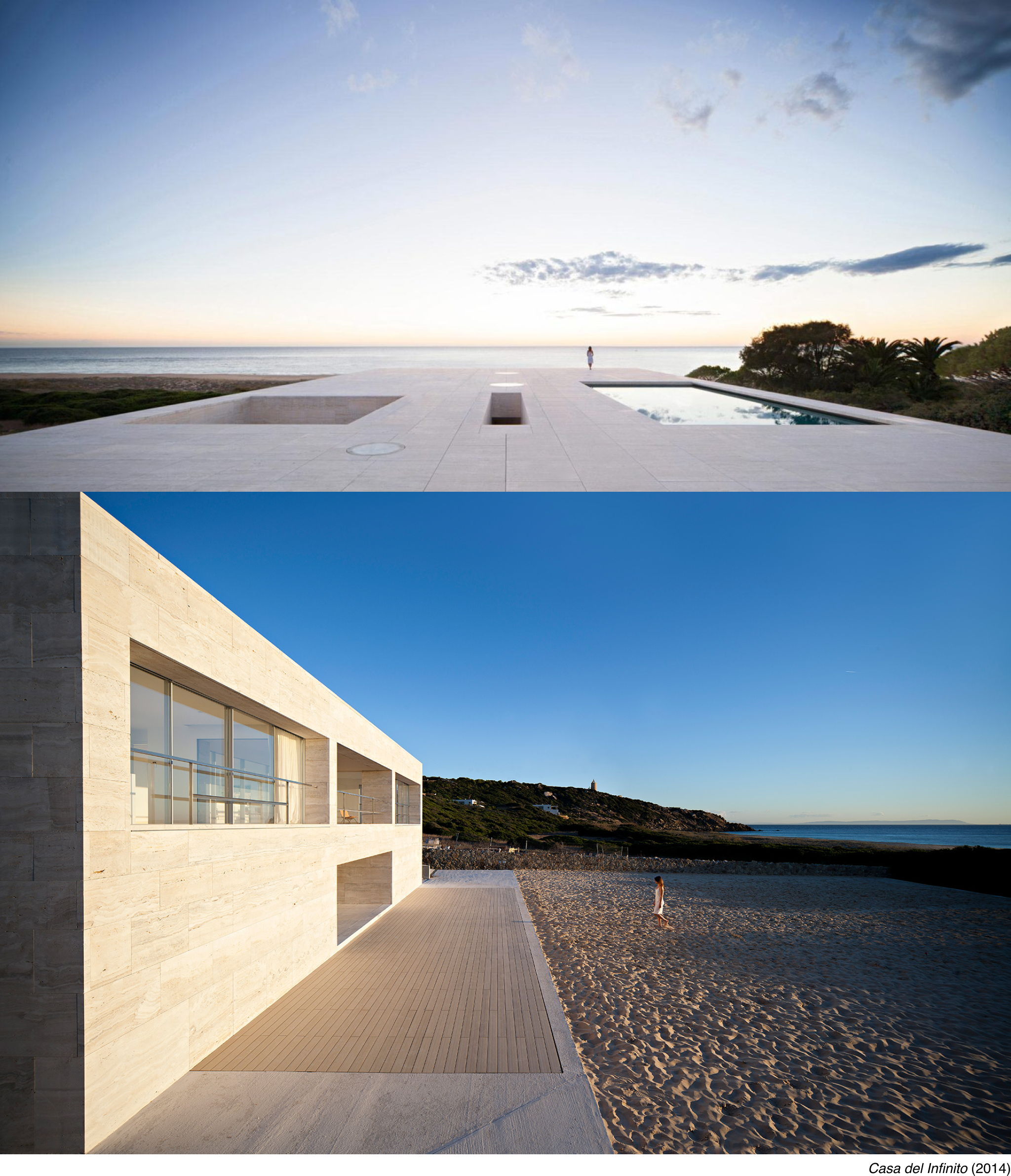

One of Campo Baeza’s most defining characteristics is his mastery of natural light. His architecture is not only one of creating physical spaces but also of choreographing - how light moves through spaces and how it enhances the experience of the occupant. In many of his works, light is treated as a fundamental material, shaping the structure’s atmosphere and defining the relationship between interior and exterior. This sensitivity to light, paired with his use of natural materials, deeply connects his designs to their surroundings and grounds them in a humanistic approach to modernism.
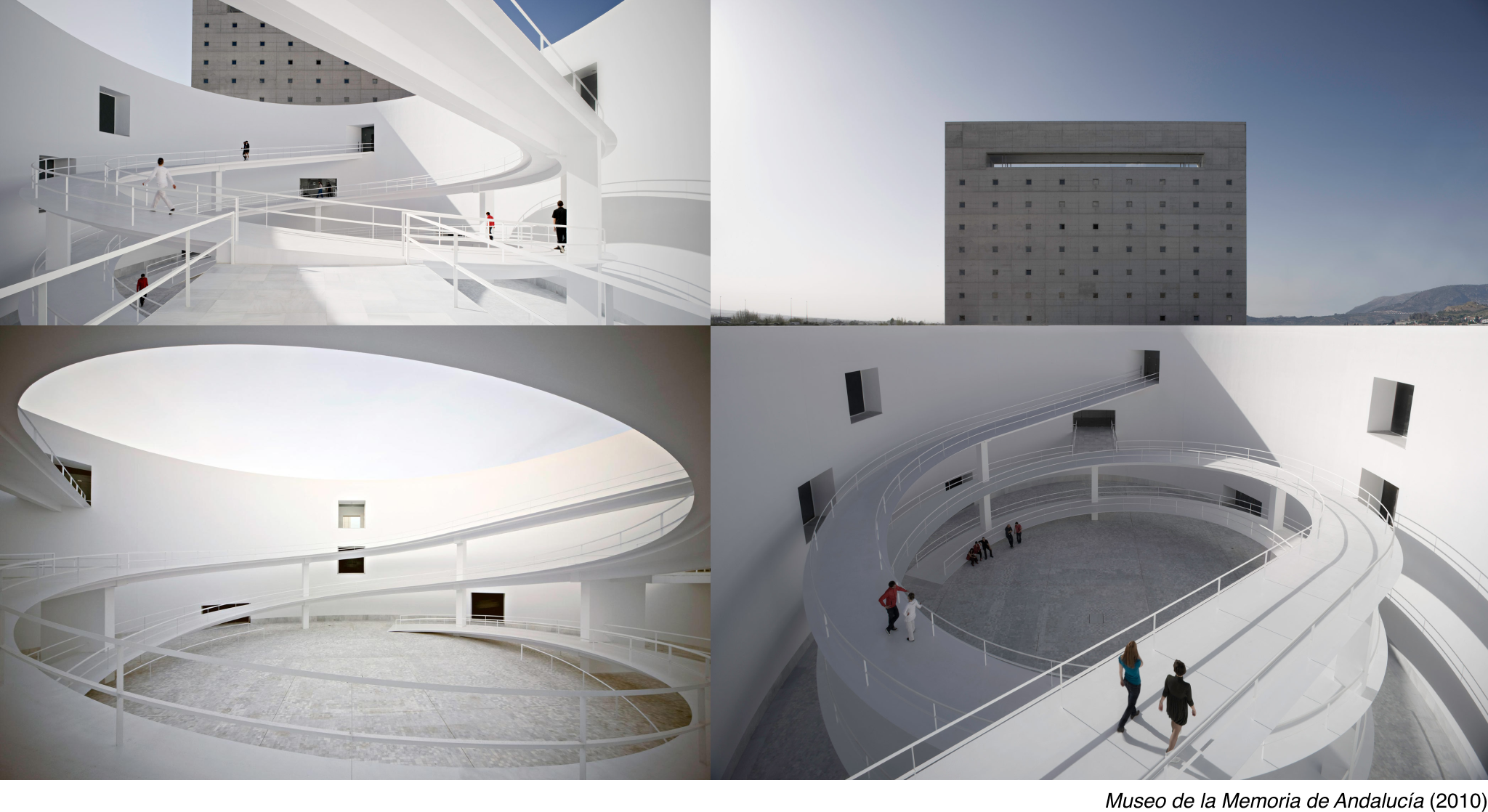
Campo Baeza’s architectural ideology extends beyond aesthetics, touching on the spiritual and philosophical dimensions of space. He often speaks of his work as an act of construction driven by intellectual inquiry, where simplicity is a discipline, not a trend. His writings and teachings emphasize that architecture is an art form capable of evoking deep emotional responses through its precision and thoughtfulness. Through his projects, he invites us to consider architecture not only as a practical solution to habitation but as a form of expression that can inspire introspection, connection to nature, and a guided sense of wonder.
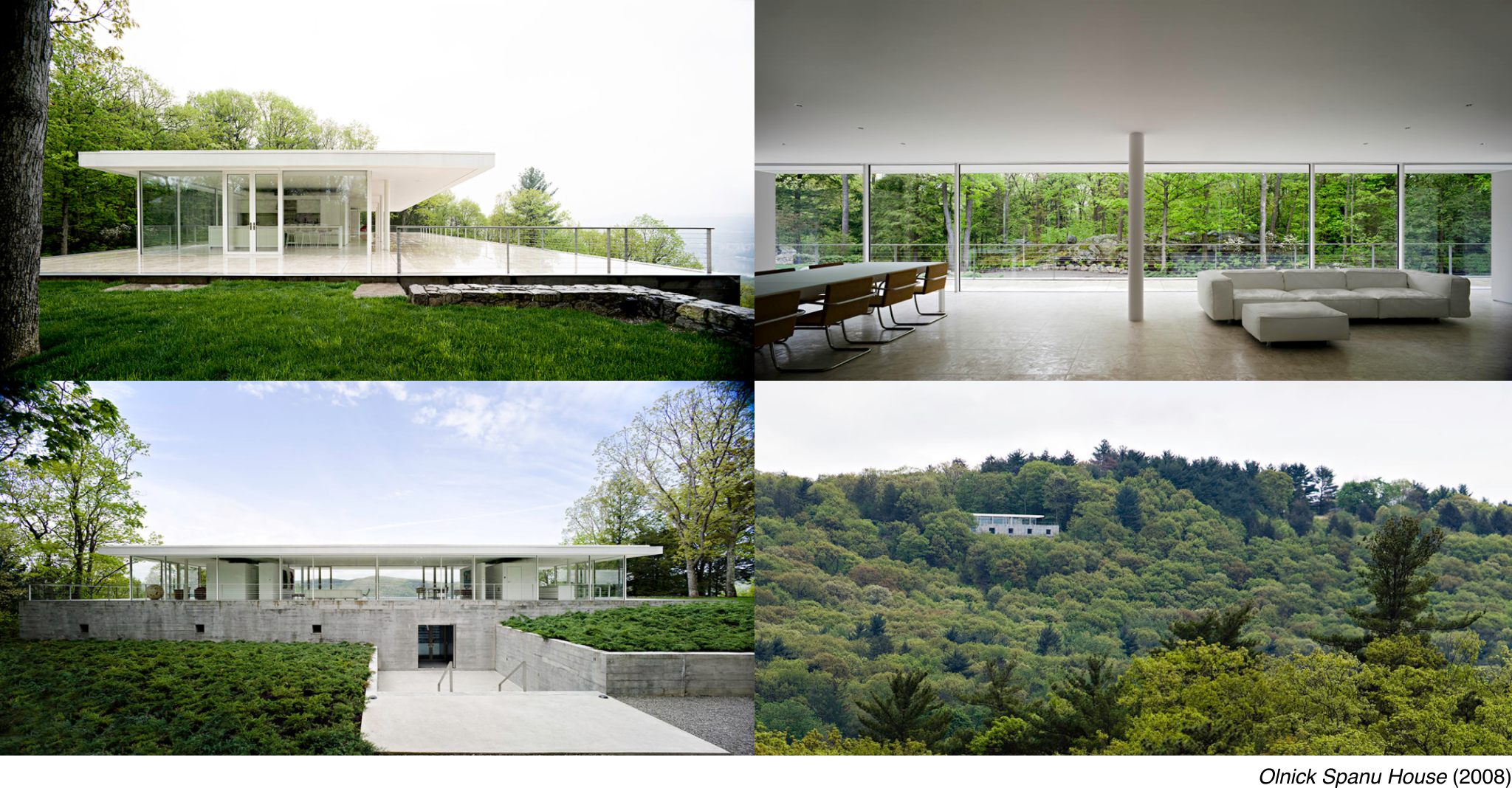
---------------
Jacques Rivette's Cinema
11/01/2024 - The mystical master of the French New Wave, director Jacques Rivette, resists easy categorization. While his work is undeniably experimental, challenging, and enigmatic, it reveals a deep passion for life and art, painting a portrait of a filmmaker who infuses his films with playfulness and a genuine love for the artistic process.
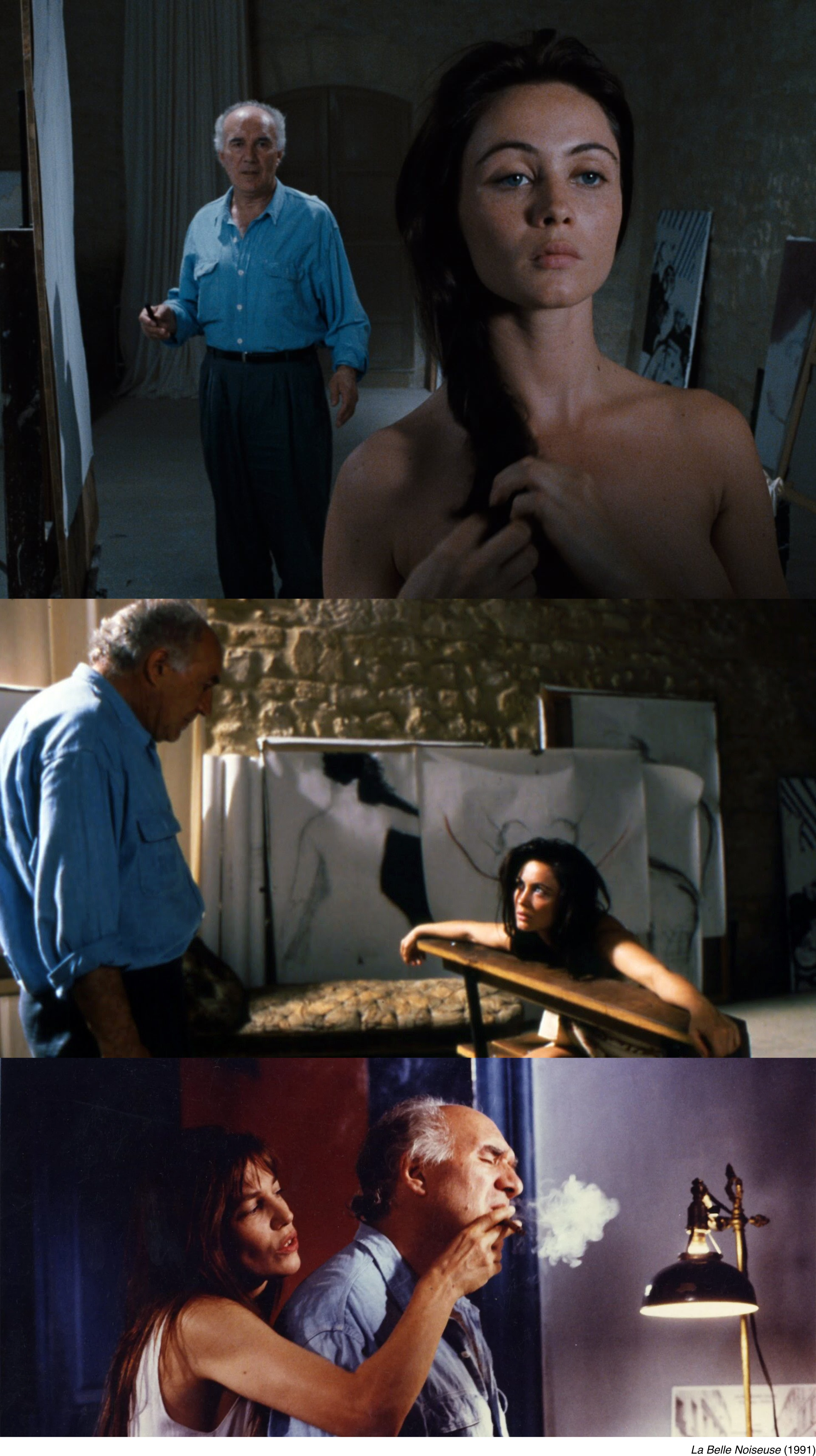
Rivette's films are renowned for their cryptic narratives, improvisational approach, and exploration of time, reality, and performance. Often tied to the French New Wave, his work intertwines elements of mystery, theatricality, and everyday life. Films like Céline and Julie Go Boating (Céline et Julie vont en bateau) and The Beautiful Troublemaker (La Belle Noiseuse) are characterized by their length and open-ended nature, inviting viewers to lose themselves in the blurred lines between fiction and reality. Non-linear and collaborative, his cinema fosters a sense of unpredictability, with a strong focus on character dynamics and storytelling.
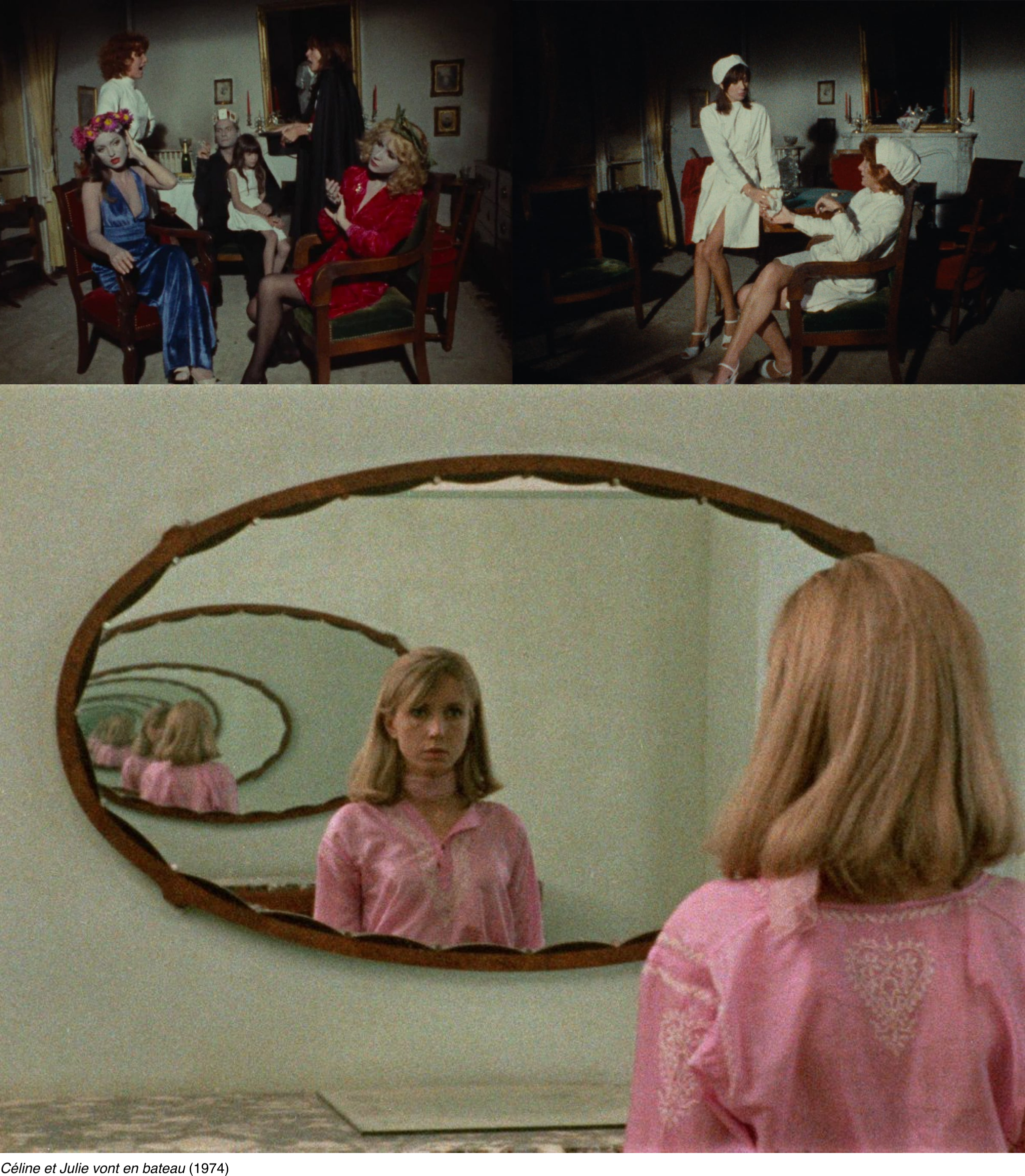
Beyond exploring art, performance, politics, relationships, and love, Rivette frequently touches on themes of conspiracy, secrecy, and truth. He examines the boundary between illusion and reality, often using theater and performance as a metaphor. His characters grapple with personal freedom versus societal constraints, often rebelling or seeking liberation. Rivette's work is profoundly philosophical, questioning the limits of narrative and embracing the ambiguity of human experience, leaving much to individual interpretation.
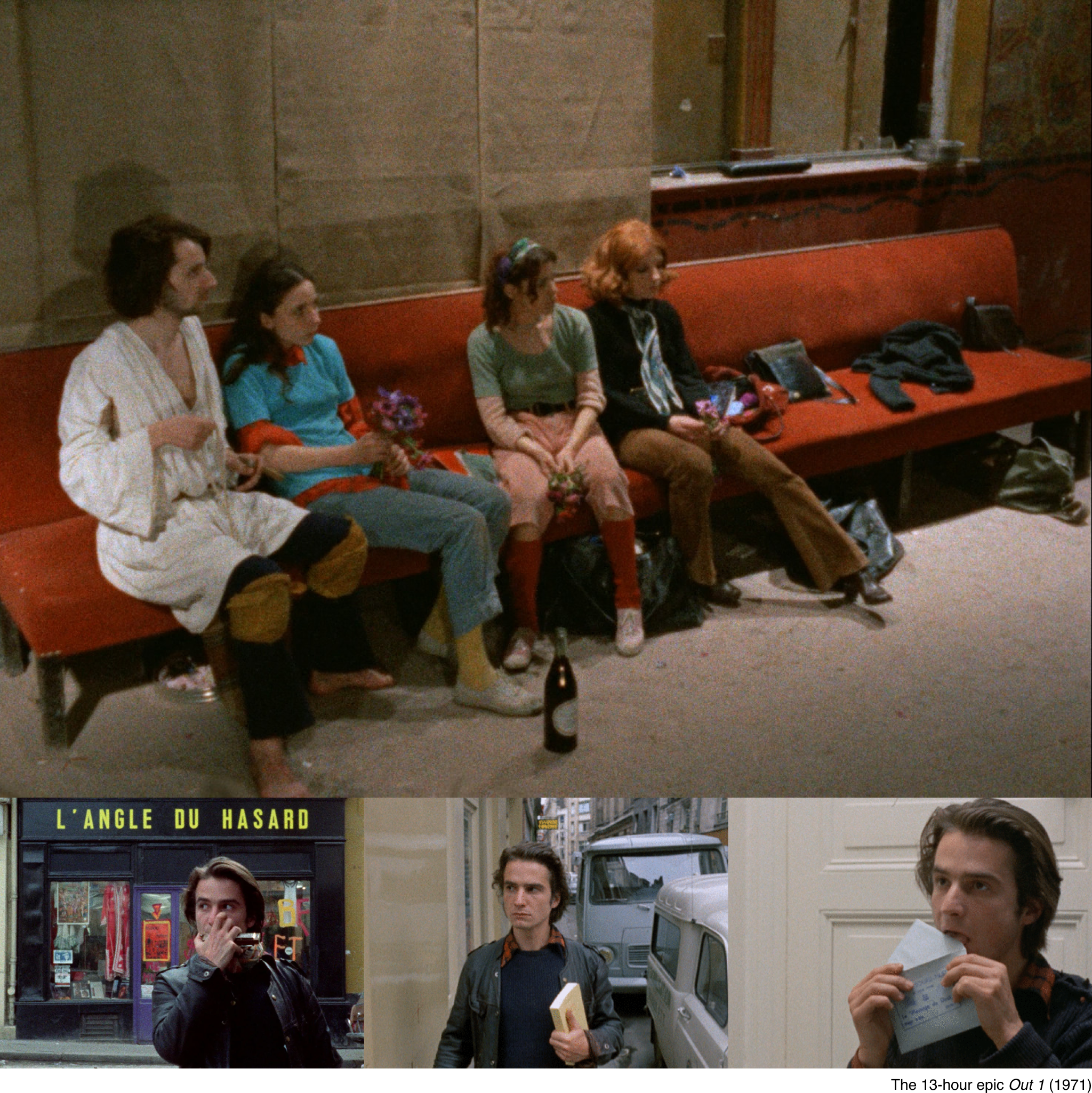
This is a cinema of poetry, grace, and brilliance; Rivette is an artist who transcends cinema’s norms, capturing the intricate beauty and complexity of both the human condition and the journey(s) of art.
John Pawson’s approach to residential architecture is nothing short of an act of quiet revelation. His homes, whether perched against the raw backdrop of Montauk or embedded in the terracotta landscape of Mallorca like the Neuendorf House, are distilled meditations on space, material, and light. What may on the surface seem like homes rather transparent or uncomplicated in design and presentation slowly reveals itself to be the work of foundation - the establishment of subtlety, innuendo, and grace in the context of home design. Pawson’s mastery lies in his restraint, where every detail feels inevitable, and every void hums with intention. In his hands, simplicity is not merely an aesthetic choice but a philosophy that elevates the home to something sacred: a place where silence, presence, and reflection are given room to breathe.
John Pawson’s approach to residential architecture is nothing short of an act of quiet revelation. His homes, whether perched against the raw backdrop of Montauk or embedded in the terracotta landscape of Mallorca like the Neuendorf House, are distilled meditations on space, material, and light. What may on the surface seem like homes rather transparent or uncomplicated in design and presentation slowly reveals itself to be the work of foundation - the establishment of subtlety, innuendo, and grace in the context of home design. Pawson’s mastery lies in his restraint, where every detail feels inevitable, and every void hums with intention. In his hands, simplicity is not merely an aesthetic choice but a philosophy that elevates the home to something sacred: a place where silence, presence, and reflection are given room to breathe.

